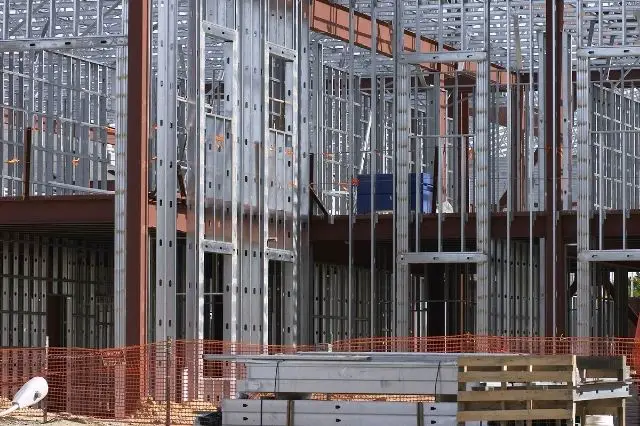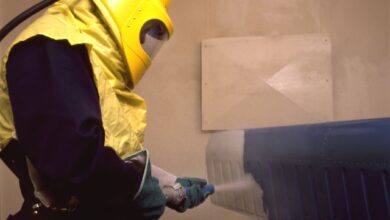Things to Check in a DIY Steel Building Kits

A do-it-yourself (DIY) steel building kit can be a great way to save money on your next construction project. Steel buildings are strong and durable, making them perfect for various purposes. Here are some things you’ll want to check before purchasing a steel building kit:
But it’s essential to make sure that you’re checking for quality in all of the components. The following article will discuss the key things you should be looking for when assembling your DIY steel building kits.
1. Make Sure All Components Are of the Same Gauge
Steel building kits come with various gauges, and it’s essential to make sure that all components are of the same gauge.
A gauge is a measurement that determines the thickness of sheet metal. The lower the gauge number, the thicker the metal. You’ll want to make sure that all the components in your steel building kit are of the same gauge. Otherwise, you’ll run into problems with fit and stability.
Here are some different forms of gauges:
– 18 gauge steel is the thinnest and lightest weight. It’s commonly used in roofing and flashing.
– 16 gauge steel is thicker and more robust than 18 gauge. It’s commonly used in roofing, trim, and ornamentation.
– 14 gauge steel is even thicker and more robust than 16 gauge. It’s used in framing, walls, and doors.
– 12 gauge steel is the thickest and most vital of all the gauges. It’s used in the framing and supports of buildings.
2. Make Sure All Components Are Galvanized
The global galvanized steel market was valued at around $185 billion in 2017.
Galvanization is the process of coating steel with zinc to prevent it from rusting. All the components in your steel building kit should be galvanized, or else they’ll rust and corrode over time.
Make sure to check the packaging of your kit for the words “galvanized.” If the components aren’t galvanized, then you’ll need to coat them with rust-preventative paint before assembling the kit.
Otherwise, your steel building will succumb to the elements and rust over time. Not only will this damage the structure of your building, but it can also be dangerous for anyone inside.
3. Make Sure All Components Are Compatible
Not all DIY steel building kits are created equal. Some kits come with components that are incompatible with each other.
For example, a roof kit might come with different gauge metal than the rest. Or the walls and roof might be pre-drilled at different angles.
It’s essential to make sure that all the components in your steel building kit are compatible with each other.
Check the packaging of your kit to make sure everything is compatible before purchasing it. If there are any incompatibilities, you’ll need to contact the manufacturer to see if they can send you a replacement.
4. Make Sure All Components Are Easy to Assemble
Not all steel building kits come with assembly instructions.
It’s essential to ensure that the kit you’re purchasing comes with clear and concise assembly instructions. Otherwise, you’ll have a hard time putting the kit together.
Make sure to read through the assembly instructions before purchasing your steel building kit. If there are questions, contact the manufacturer for clarification. The assembly instructions should be easy and devoid of ambiguity.
5. Check for Warranty
Most steel building kits come with a warranty. You must ensure that the kit you’re purchasing comes with a good warranty. The warranty should cover all of the components in the kit and labor costs and materials.
If anything goes wrong with your kit after assembly, the warranty should cover the costs of repairing or replacing the damaged components.
Conclusion
Steel building kits are a great way to build your custom steel building. They come with various gauges, galvanization, and compatibility to make sure that you get a building that’s perfect for your needs.





